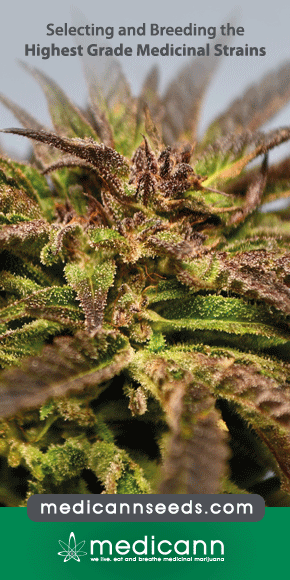A novel phytocannabinoid isolated from Cannabis sativa L. with an in vivo cannabimimetic activity higher than Δ9-tetrahydrocannabinol: Δ9-Tetrahydrocannabiphorol
Cannabis sativa has always been a controversial plant as it can be considered as a lifesaver for several pathologies including glaucoma and epilepsy, an invaluable source of nutrients, an environmentally friendly raw material for manufacturing and textiles, but it is also the most widely spread illicit drug in the world, especially among young adults.



